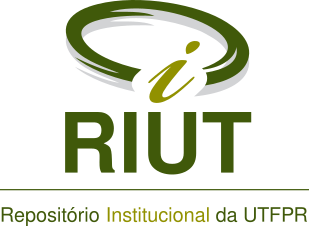Potential of electric energy generation from vegetable biomass in different regions of Brazil: mapping and analysis
Resumo
This study presents a preliminary analysis of the potential of electric energy generation from vegetal biomass coming from different Brazilian regions. The residues derived from sugar cane, silviculture, rice, cashew nuts, bay coconut and elephant grass were analysed. Based on the values of their harvests (referring to 2017/2018), with the exception of elephant grass’, the most updated mapping of which was in 2015, and also on the values of the lower calorific powers researched in the pertinent literature, thematic maps were constructed, which demonstrated the potential of electricity generation of crops. The results showed that, for cane and forestry, whose stage of development and use are already consolidated, there is still room for exploration. Rice bark and elephant grass presented high potential and growth capacity, while cashew nuts and coconut shells may be an energetic alternative, especially for the Northeast, despite the problems related to humidity of the latter.
Palavras-chave
Texto completo:
PDF (English)DOI: 10.3895/rts.v15n37.9636
Apontamentos
- Não há apontamentos.
Direitos autorais 2019 CC-BY

Esta obra está licenciada sob uma licença Creative Commons Atribuição 4.0 Internacional.





